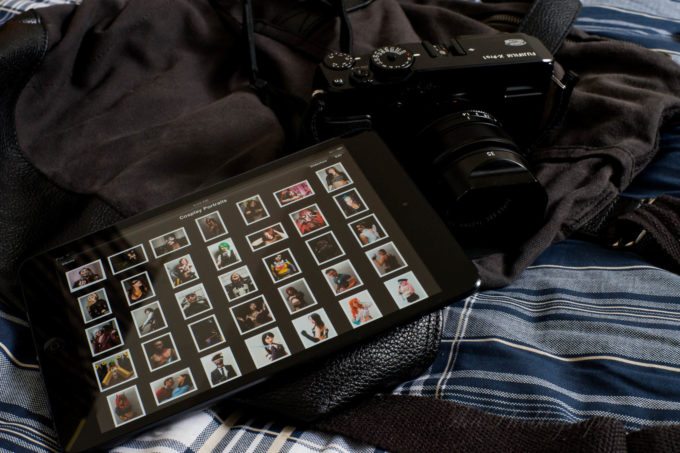The traditional answer to this question is a hard, resounding no–absolutely not. However, things have changed. Beyond just photography, people that pay for images sometimes want to tap into specific markets and followings. In fact, it’s been a pinnacle idea behind social media marketing from the start: be social and tap into the followings of others. For that reason, lots of photographers these days simply just stick to using their Instagram or VSCO.
In fact, it’s much more common than you think.
Let’s first look at the most famous example of this: Humans of New York. After a long time, he got rid of his website (or stopped using it rather) and converted fully to Facebook. However, Humans of New York has an aim, a purpose, etc. When you see his feed, you know what to expect: people along with a telling story about them–no images of the glorious bacon he ate for breakfast, no drunken times, etc. It’s a very highly defined and well curated feed with specific content: portraits and stories.
He’s also got loads of followers on a massively social platform: something that is very attractive to advertisers. For that reason, the social page is more than good enough to be his main platform.
Similarly, if a food photographer, architecture photographer, Real Estate photographer, portrait photographer, yoga photographer, etc has lots of followers and a highly curated feed, that’s of course something that works as a main website. But again, it’s very specific.
If you’re a street photographer, portrait photographer, and wedding photographer it becomes massively more complicated for one big reason: navigation. Sure, Facebook has albums–but what about Instagram? You’ve got no specific way to sort your images there. Again, this is where a highly curated feed comes into play–and that’s why the emphasis on individual uploads vs mass uploads works so well: because it makes you think more about what you put onto the service.
So what about Flickr? Or maybe 500px? If you’re a professional photographer or even a semi-professional making income on the side, that looks a tad tacky. Sure you’ve got ways to separate your work, but it’s someplace where everyone else is too! You can argue that with Instagram, but again Instagram and Facebook are specific platforms where the aim is more so to gain a following via your photography. But more than that, it goes to show that you’re not serious about a more personable approach to your work and servicing potential clients. It’s a good place to put your images for SEO and community’s sake, but otherwise when you actually want to work with clients it can otherwise just make you look cheap.
Just think: if you’re getting married, you’re not going to go through a wedding photographer’s Flickr and you obviously don’t want to see images of their breakfast. Instead, you want to see wedding images so you can see what you’ll be paying for. Even if it’s highly curated, a website also has other functionalities like a blog, awards, etc. It just makes so much sense.
Even photographers that use the Instagram for sponsorships have dedicated websites.
So what’s the answer? Yes, if you’ve got a very highly and specific following; but as you grow into a full time pro or even a semi-pro, get an actual website.




